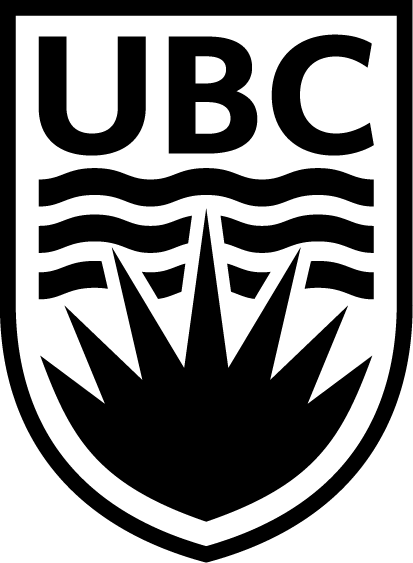
THE UNIVERSITY OF BRITISH COLUMBIA

THE UNIVERSITY OF BRITISH COLUMBIA
BACKGROUND: Bronchial thermoplasty (BT) is a recently developed treatment for patients with moderate-to-severe asthma. A few studies have suggested the clinical efficacy of this intervention. However, no study has evaluated the cost-effectiveness of BT compared to other alternative treatments for moderate-to-severe allergic asthma, which currently include omalizumab and standard therapy. OBJECTIVE: To evaluate the cost-effectiveness of standard therapy, BT, and omalizumab for moderate-to-severe allergic asthma in the USA. METHODS: A probabilistic Markov model with weekly cycles was developed to reflect the course of asthma progression over a 5-year time horizon. The study population was adults with moderate-to-severe allergic asthma whose asthma remained uncontrolled despite using high-dose inhaled corticosteroids (ICS, with or without long-acting beta-agonists [LABA]). A perspective of the health-care system was adopted with asthma-related costs as well as quality-adjusted life years (QALYs) and exacerbations as the outcomes. RESULTS: For standard therapy, BT, and omalizumab, the discounted 5-year costs and QALYs were $15,400 and 3.08, $28,100 and 3.24, and $117,000 and 3.26, respectively. The incremental cost-effectiveness ratio (ICER) of BT versus standard therapy and omalizumab versus BT was $78,700/QALY and $3.86 million/QALY, respectively. At the willingness-to-pay (WTP) of $50,000/QALY and $100,000/QALY, the probability of BT being cost-effective was 9%, and 67%, respectively. The corresponding expected value of perfect information (EVPI) was $155 and $1,530 per individual at these thresholds. In sensitivity analyses, increasing the costs of BT from $14,900 to $30,000 increased its ICER relative to standard therapy to $178,000/QALY, and decreased the ICER of omalizumab relative to BT to $3.06 million/QALY. Reducing the costs of omalizumab by 25% decreased its ICER relative to BT by 29%. CONCLUSIONS: Based on the available evidence, our study suggests that there is more than 60% chance that BT becomes cost-effective relative to omalizumab and standard therapy at the WTP of $100,000/QALY in patients with moderate-to-severe allergic asthma. However, there is a substantial uncertainty in the underlying evidence, indicating the need for future research towards reducing such uncertainty.
RELATED TOPICS: